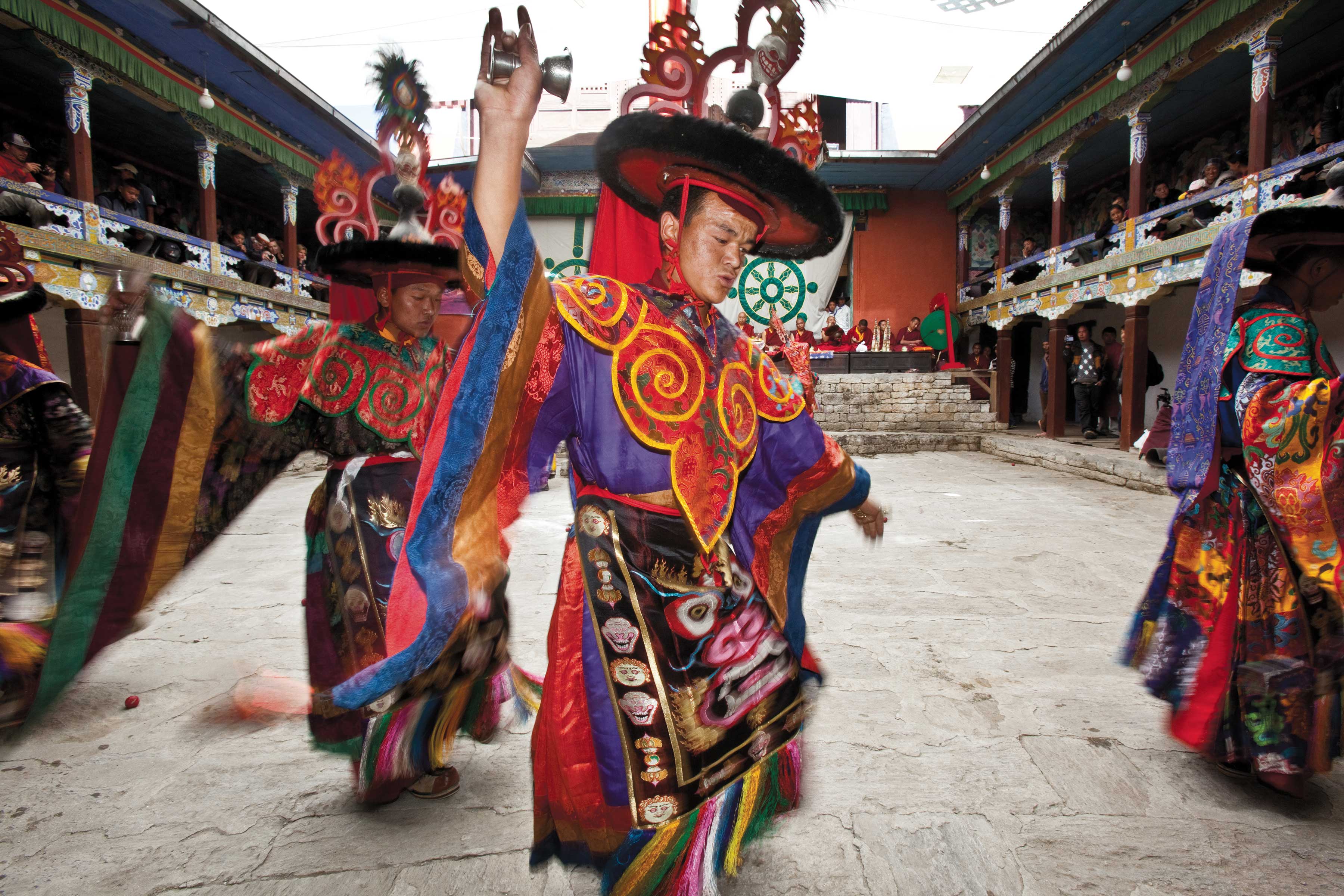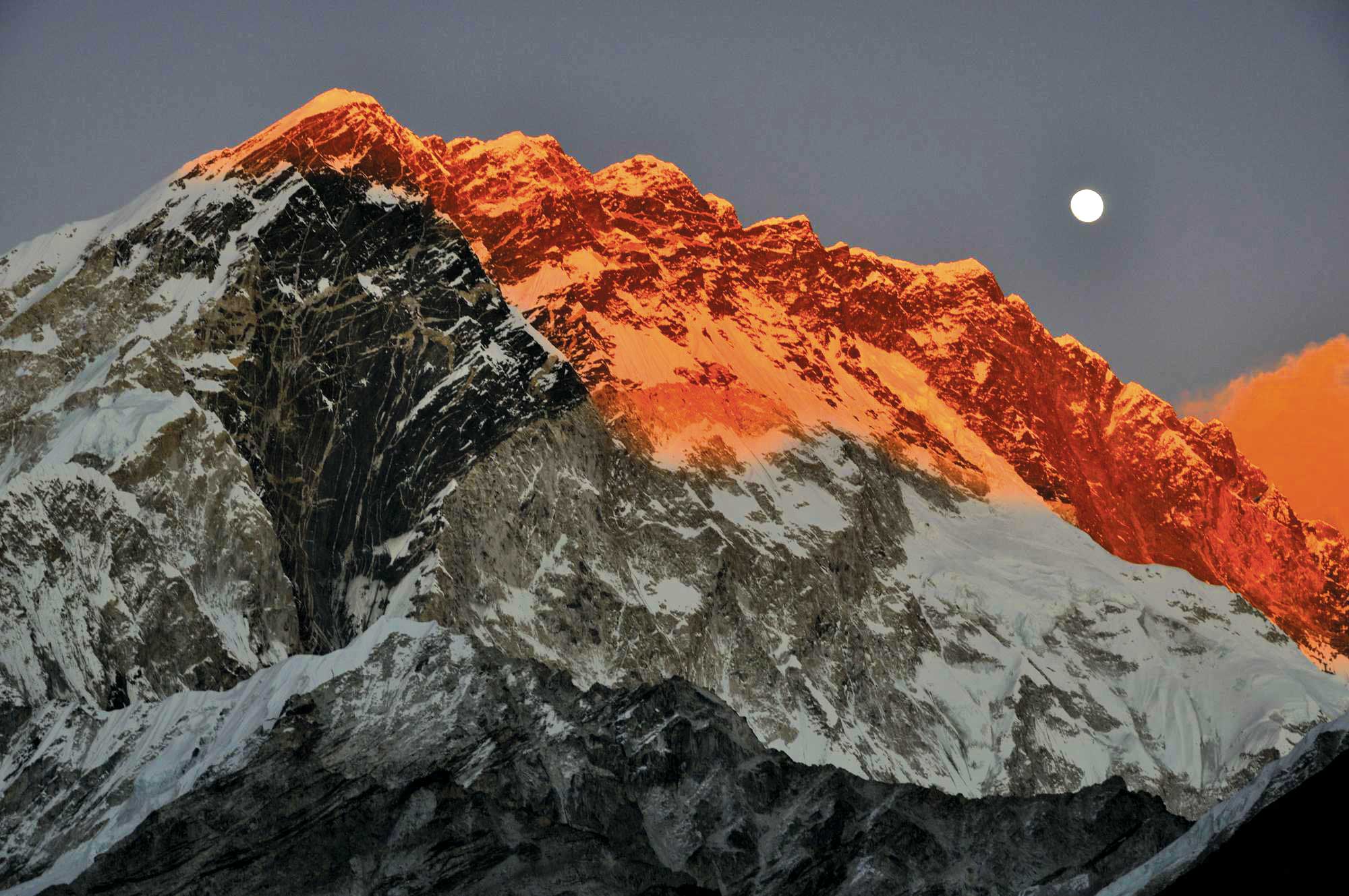Andrew Stevenson is an experienced trekker, travel writer, mountain man and memoirist. A teller of tales. A spinner of yarns. He likes to label the travelers he meets, and he's good at taking mundane statistics to make something interesting of them. One reason trekkers go to Base Camp, he says, is to see where climbers congregate before ascending the Khumbu Icefall on the way to a full scale assault to the summit.
When he was at Base Camp he pondered: Who climbs Everest? "More than three hundred foreigners have made it to the top of Everest with a lot of fanfare", he writes. "Some fifteen hundred Sherpas have made it to the top, most of them having carried heavy supplies on the way up there, but they have climbed Everest with the minimum of publicity. One has made it to the top of Everest with oxygen 14 times. One made it to the top of Everest in less than 11 hours. Another remained on top of Everest for 21 hours. While many Westerners have died in the attempt to get to the top of Everest, even more Sherpas have died getting their clients up there." Regardless of their skill, stamina and dedication, Sherpas go without fanfare and are rarely noticed by the international press, Stevenson tells us; an observation that exposes his abiding concern for fair play.
The Envelope is not about climbing the Big E, however; it's about trekking to Base Camp. Along the way Stevenson worked out the various categories of trekkers he met, endowing the most memorable with names and descriptive attributes, some humorous and not always flattering. Basically, all fall into his first two types: There are those 'Going Up' (after landing at Lukla), the naïve first-time initiates; and those 'Going Down' (after reaching Base Camp and Kala Pattar, the Everest viewpoint), who are admired for their special insight into trail conditions and the worst places to stay. He paints some of them with this witty observation: "The men sport stubbles of beards and the women have that self-conscious air of the reluctantly unwashed." There are other categories, too; enough to fit virtually everyone he met on the trail, including the locals.
Why go to Base Camp? Everyone has a reason (not just "because it's there"). And who are they? He has described all kinds, including the weak and the strong, young and old, egotistical and shy, and some beautiful or handsome or not so. And there are inevitably a few who come to seriously question the whole adventure once the pain of trekking that far and that high overwhelms their initial enthusiasm and spirit of adventure. It's a hard trail.
Stevenson's own reason for going was personal, to do with "The Envelope" of the book's title, which he carried in a shirt pocket. In it was a lock of hair from his recently deceased brother. Andrews intent was to find a spiritually suitable place to burn it in Kevin's memory. You'll have to read the book, however, to find out what happens to the envelope. But, rest assured, this is not a spirit quest book.
The Envelope is a romping good story of what an observant, trailwise lone trekker discovers about himself, his fellow trekkers, Sherpas and porters and local villagers while doing a three-week jaunt high in the mountains.
This is the kind of trekking book I like, a finely tuned travelogue, witty and entertaining, by an accomplished writer. Stevenson has written about trekking in several countries. Those on Nepal include the travelogue Annapurna Circuit: Himalayan Journey (1997) and the picture book A Nepalese Journey: On Foot Around the Annapurnas (2002). He also writes for magazines, has penned a travel novel and several children's books, and has made a documentary film on Nepal. His Annapurna books (and this one from Everest) are available in Kathmandu bookstores. g
Vajra Publications (Kathmandu), 2009, 202pp., Rs 600.

Massage Away your Stress
A Five Thousand-Year-old Ayurvedic massage helps you de-stress from your hectic life. Life brings in a lot...









